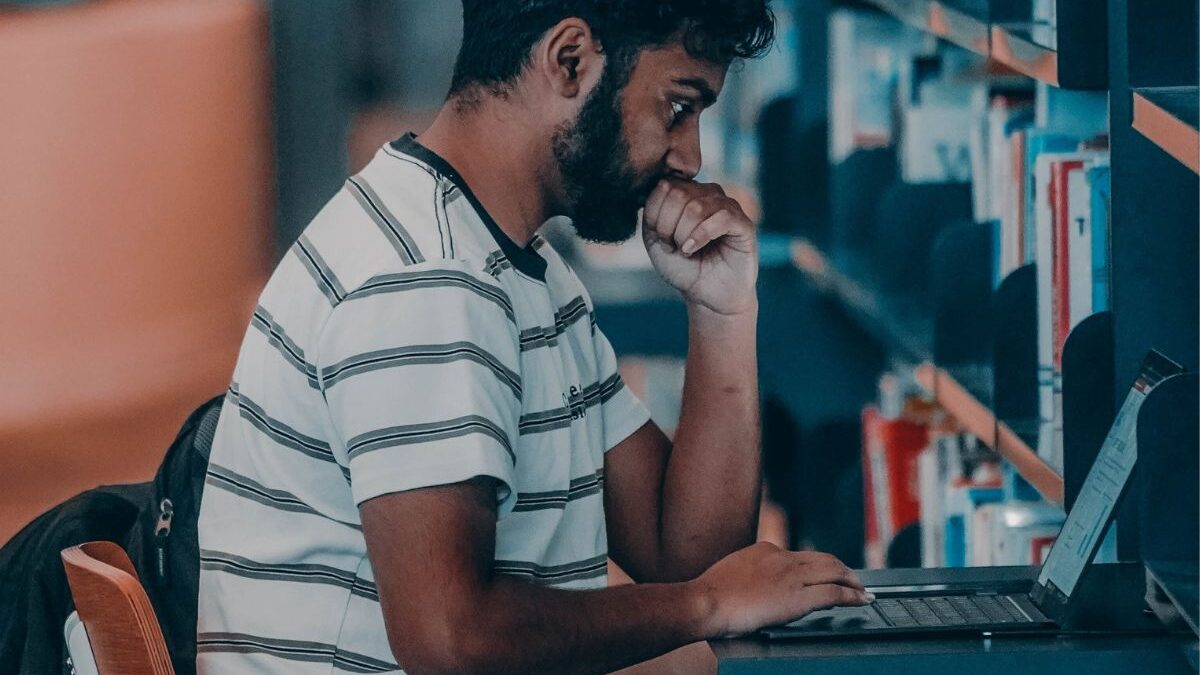
Introduction
It is no easy task to characterise the pedagogy of online learning. It can be a complex task. Nonetheless, it must be done with the hope that it will guide educators to engage in online learning/online theological education effectively.
The advancement of technology, such as the availability of electronic devices and the internet, brings challenges and presents opportunities for learning/theological education. There is an apparent shift from face-to-face (f2f) to online learning, inviting you to do a deeper reflection on online learning pedagogy.
While there is more than one way of doing this, this short article invites you to consider the role of interaction in learning. It recognises that interaction is fundamental to having a constructive online learning experience.
Modes of Interaction
With the recognition that interaction is a defining component of learning, you will look at six different learning modes and consider how they can be adapted to your learning experience (Anderson 2003, 129-144). These modes of interaction are student-teacher interaction, student-student interaction, student-content interaction, teacher-content interaction, teacher-teacher interaction, and content-content interaction.
Student-teacher interaction is important both in f2f and online learning. This interaction supposes that students/learners should have clear means of communicating with the teacher/facilitator. In my experience, access to the teacher/facilitator through email and a learning management system (LMS) is helpful. This can be at the formal level. However, easy access to the teacher/facilitator through messaging apps, such as WhatsApp, Telegram, etc., can significantly change the learning experience.
This can be at the informal level. Though there is more workload for the teacher/facilitator, ready opportunities for learner-facilitator interaction can significantly impact the learners.
Student-student interaction recognises the importance of collaborative learning. This interaction holds the need for opportunities to interact with other learners. Through such opportunities, they are given a chance to bond or form a relationship with one another. In other words, they should have opportunities to build up one another. Communication raises “the interest and motivation of the interactors—largely because of the associated psychological commitment and risk-taking involved in publicly espousing one’s views” (Anderson 2003, 134).

In practice, learners’ participation in discussion forums and coworking with other learners is helpful. It gives ample opportunities to interact and share one’s view while responding and working together in group/collaborative assignments.
Student-content interaction refers to the opportunity to interact with the course content. In f2f learning, the student-content exchange occurs mostly through textbooks and library resources – and is accomplished through teacher-student interaction. However, with the advancement of technology, student-content interaction can come through multiple types of media: text, audio, image (graphics), video, and virtual reality (Tuovinen 2000).
As a content designer and creator, it is crucial to consider the available digital tools and media types to create an interactive and constructive learning experience. Whether in asynchronous, synchronous, blended, or mobile learning, I find using different media (i.e., text, audio, image, and video) quite constructive.
Teacher-content interaction recognises the role of the teacher/facilitator and the need for in-depth knowledge and information on the subject. It also refers to their connection with the learner’s content. In this case, advancement in technology becomes handy as facilitators learn to “create learning objects that are automatically updated by publications, data, and other research-based artefacts… [they] will interact with content through the use of adaptable search engines that will learn from previous teacher behaviour to effectively and periodically search the networks for relevant information and data” (Anderson 2003, 137).
This interaction is responsible for the production of content and courses. In my experience, I find it ideal for the subject specialists to work closely with the instructional designer; if that is not possible, the teachers should have an excellent working knowledge of instructional design.
While developing the content/course, a healthy relationship between subject specialists and instructional designers can make the system more interactive. In this case, there may be a concern about whether the teacher-content interaction becomes automated, i.e., the learning objects become autonomous to assist learner-content interaction.

Teacher-teacher interaction refers to opportunities where teachers can interact with each other. The key is to increase their knowledge of online learning principles and methodology. It is important to create a set of networks where teachers/facilitators “take maximum advantage of developments in both their discipline and developments in distance teaching and pedagogy” (Anderson 2003, 139).
There are now portals and platforms that gather the needs, experience, tools, etc., of online learning, especially at the level of teacher-teacher interaction. I find platforms like eLearning, faculty focus, etc., helpful for quick access to some topic or issue. In terms of online theological education, I find ICETE Academy useful as a platform to upgrade skills and to learn from fellow theological educators.
Content-content interaction relates to a process where technological advancement would provide feedback on the content and help improve/revise the content. The key is to have that continuous process of improvement of content. This can be “programs written to retrieve information, operate other programs, make decisions, and monitor resources on the networks” (Anderson 2003, 139).
This type of interaction is “by definition multidisciplinary, calling on the resources of computer scientists, linguists, educators, and others” (Anderson 2003, 140).
This interaction is helpful in the early or advanced stage of online course development. For instance, while converting a f2f course into an online format, course developers can use other online courses to inform their practice. The key is to use available information and other online courses – and make them more user-friendly.
While adapting the above modes of interaction in the Global South, I would suggest another form of interaction, i.e., designer-policymakers interaction. There is a widespread assumption that online learning cannot provide spiritual formation; there is also the tendency to equate online learning with the kind of online learning that was developed during an emergency, ignoring the years of development of principles and methodologies of online learning. In other parts of the globe, studies have been done that support the idea that online learning can result in formation.
However, course developers still need to convince policymakers about online education in the Global South. There is also the need to distinguish between online courses developed during the emergency and well-developed online courses. This interaction is crucial to begin conversing about the above modes of interaction.
Conclusion
As the six modes of interaction were highlighted, some practical inputs were also given. In addition, another form of exchange was suggested to begin conversing about online learning in the Global South. These interaction modes help create a constructive-formative learning experience for the learners.









